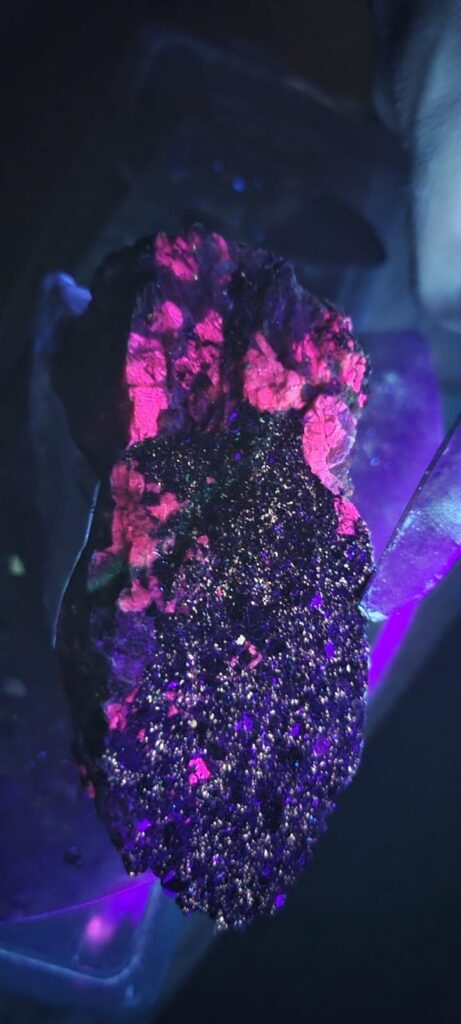In northern Québec, just 50 kilometres from the First Nations community of Waswanipi and within reach of the Val-d’Or mining hub, NeoTerrex Minerals (NeoTerrex) is advancing a rare earth elements (REE) project that could quickly become a promising new venture. Known as the Monument Project, the property lies adjacent to Montviel REE deposit—already recognized as one of the largest carbonatite-hosted rare earth deposits in the province.
What makes Monument Project stand out is not just its location but the story it tells: a road-accessible project covering nearly 3,000 hectares, with a geological setting that has only been scratched at the surface. Historical exploration is remarkably thin. Just two drill holes ever tested the ground while looking for diamonds and instead confirmed the presence of carbonatites—a key host rock for REE—but the core was never assayed for rare earths. It is as though the ground has been waiting decades for a second look.

A Modern Approach to an Old Mystery
In August 2025, NeoTerrex completed its maiden soil and till survey over the property for which results are pending. The target? A geophysical footprint on the property strongly echoing that of Montviel, with a cluster of electromagnetic anomalies riding over a magnetic-high feature. This could point not only to REE potential but also to possible massive sulphide targets—hinting at polymetallic upside that extends beyond rare earths.
For a junior explorer, such signals are a good omen. Monument Project’s similarity to Montviel positions it within a proven geological corridor, yet its lack of systematic exploration gives it the allure of untapped potential. The comparison is stark: Montviel boasts a NI 43-101 resource of 183.9 million tonnes (“Mt”) grading 1.45% Total Rare Earth Oxides (TREO) Indicated and 66.7 Mt Inferred grading 1.46% TREO (SGS Canada, 2011) with niobium credits, while Monument Project’s story is just beginning.
Other nearby projects, such as the Pomme REE zone—where broad mineralized intercepts have returned 0.6% TREO over hundreds of metres—demonstrates that the area is prospective for additional discoveries and that Montviel may not be an isolated case. If the Monument Project can deliver results on par with Pomme, NeoTerrex could be holding the keys to a project with the scale and grade needed to fuel the next generation of clean-tech industries.
The Light Rare Earth Angle
While the global race for rare earths often spotlights the heavy rare earths needed for specialized electronics, light rare earths—particularly neodymium and praseodymium—are in equally high demand. These elements power the permanent magnets inside electric vehicle motors and wind turbines—technologies at the heart of the energy transition.
From Exploration to Permitting
The path forward is already being laid. NeoTerrex has submitted its application for drill permits, aiming to move from surface surveys to the kind of subsurface testing that will answer the project’s central questions: Is there rare earth mineralization there, how consistent it is, and whether it could be economically extracted.
For local communities, the project’s accessibility is also important. Unlike many remote mineral plays in Canada, Monument Project benefits from road access, making exploration logistics more manageable and lowering barriers to future development. NeoTerrex has openly noted the value of engaging with First Nations stakeholders early, ensuring that local perspectives shape the work as it progresses.
Critical Minerals for Tomorrow
As the world scrambles to secure supply chains for the critical minerals that will drive electric vehicles, renewable energy, and advanced technologies, projects like the Monument Project are gaining strategic significance. NeoTerrex positions itself as more than a junior explorer: it is branding itself as a participant in “Critical Minerals for Tomorrow,” a vision that links Canadian geology to global demand.
The Monument Project may still be in its early stages, but in Québec’s mineral landscape, it represents a compelling chapter. With a proven geological neighborhood, intriguing anomalies, and modern exploration methods finally peeling back its layers, Monument Project could yet become a cornerstone in Canada’s rare earth story.

